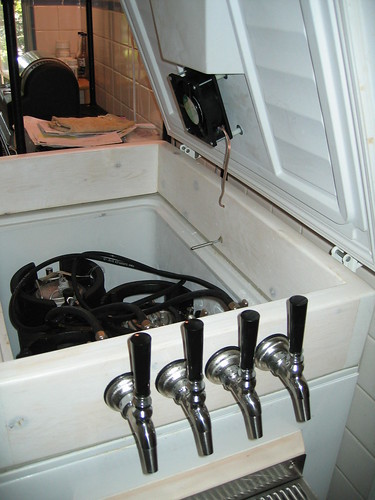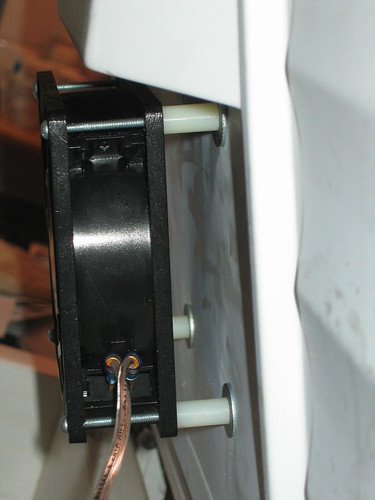I have seen a couple of examples of recirculation fans on here that were mounted to the lid of a chest keezer and I have been thinking of doing the same but at the same time I want to place it in the bottom of the keezer to pump cold air to the top of the unit and was wondering if any of you have some good ideas of placement for a fan?
I believe I am just gonna go with a 120v muffin fan and wire it directly into my ranco on the output side of the relay so that when the fridge kicks on the fan will as well. Any better ideas on that?
Thanks,
-huK
I believe I am just gonna go with a 120v muffin fan and wire it directly into my ranco on the output side of the relay so that when the fridge kicks on the fan will as well. Any better ideas on that?
Thanks,
-huK





